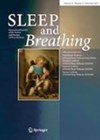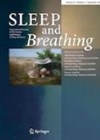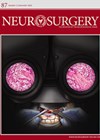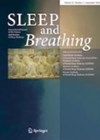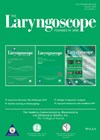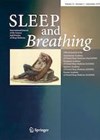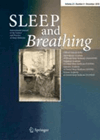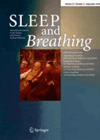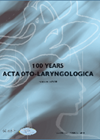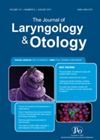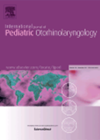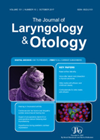
Journal Reviews
Long-term effectiveness of sleep surgery for obstructive sleep apnoea
n this study, 39 patients from Turkey with obstructive sleep apnoea (of varying severity) underwent an expansion sphincter pharyngoplasty. This operation was devised by Prof Kenny Pang in Singapore and involves using the palatopharyngeus muscle and partly relocating it laterally...
Can surgery make you a better driver?
Obstructive sleep apnoea is a condition that can have far reaching health, economic and safety implications for the individual inflicted with the condition, as well as those in their immediate and wider surroundings. Having the freedom to drive taken away...
OSA is neuroprotective!
This interesting study supports the hypothesis of the protective effects of obstructive sleep apnoea (OSA) against ischemic events like stroke. The authors evaluated the impact of OSA with the presentation, hospital course and outcomes of patients with subarachnoid haemorrhage (SAH)....
RCT: tongue retaining devices vs CPAP for OSA
This study compared the effect of a tongue retaining device versus the use of CPAP in 27 patients within a crossover RCT design. Tongue retaining devices (also known as tongue stabilising devices), are similar in appearance to a plastic tongue-sized...
Do parents sleep better after paediatric adenotonsillectomy?
Paediatric adenotonsillectomy for sleep disordered breathing (SDB) is amongst the commonest surgical procedures performed in ENT. In the outpatient clinic, parents routinely express their concern about their child’s breathing but the impact of sleep disordered breathing on the parent is...
An alternative device for obstructive sleep apnoea
Continuous positive airway pressure (CPAP) is the first-line treatment for obstructive sleep apnoea (OSA), primarily due to the vast amount of short-term evidence in the medical literature it has accrued. The enduring obstacle to CPAP from becoming a treatment option...
DISE as a rationalising tool for sleep apnoea surgery
This retrospective study on 85 adult obstructive sleep apnoea (OSA) patients provides further interesting information for sleep surgeons. These patients were all investigated with polysomnography (PSG) and drug induced sleep endoscopy (DISE). They all then underwent a simple uvulopalatoplasty with...
Double suspension sutures for obstructive sleep apnoea
This study examines the benefit of an operation that targets the lateral pharyngeal wall. The double suspension sutures are, in essence, a suture through the palatopharyngeus muscle which is then tied around the hamulus in the retro molar area. This...
Can obstructive snoring affect the snorer’s ears as well?
Patients with obstructive sleep apnoea (OSA) often show severe nasal obstruction, chronic sinusitis and/or a deficit of nasal mucociliary clearance with nasopharyngeal stagnation of secretions possibly predisposing to eustachian tube dysfunction (ETD). This clinical prospective study investigates ETD, nasal resistance...
Modern surgical treatment for obstructive sleep apnoea indicate suppression of inflammatory cytokines
This study comprises 57 patients, 29 of which were treated by anterior palatoplasty procedure, expansion sphincter pharyngoplasty and submucosal minimal invasive lingual excision techniques and 27 by CPAP therapy. Parameters to determine success were AHI, VAS score, ESS score, mean...
Can telemetry predict sleep apnoea in Pierre Robin sequence?
The aim of this study was to see if telemetry data gathered on patients with Pierre Robin sequence (PRS) correlated with sleep study data. A retrospective review of 46 patients from a tertiary referral centre were included in the study....
Diagnosis of obstructive sleep apnoea hypopneoa syndrome (OSAHS) without sleep studies
Polysomnography is considered the ‘gold standard’ in the diagnosis of sleep apnoea but it is expensive and difficult to perform in children. Diagnosis based on subjective judgement is often inaccurate. An accurate diagnostic scale based on clinical parameters could obviate...

